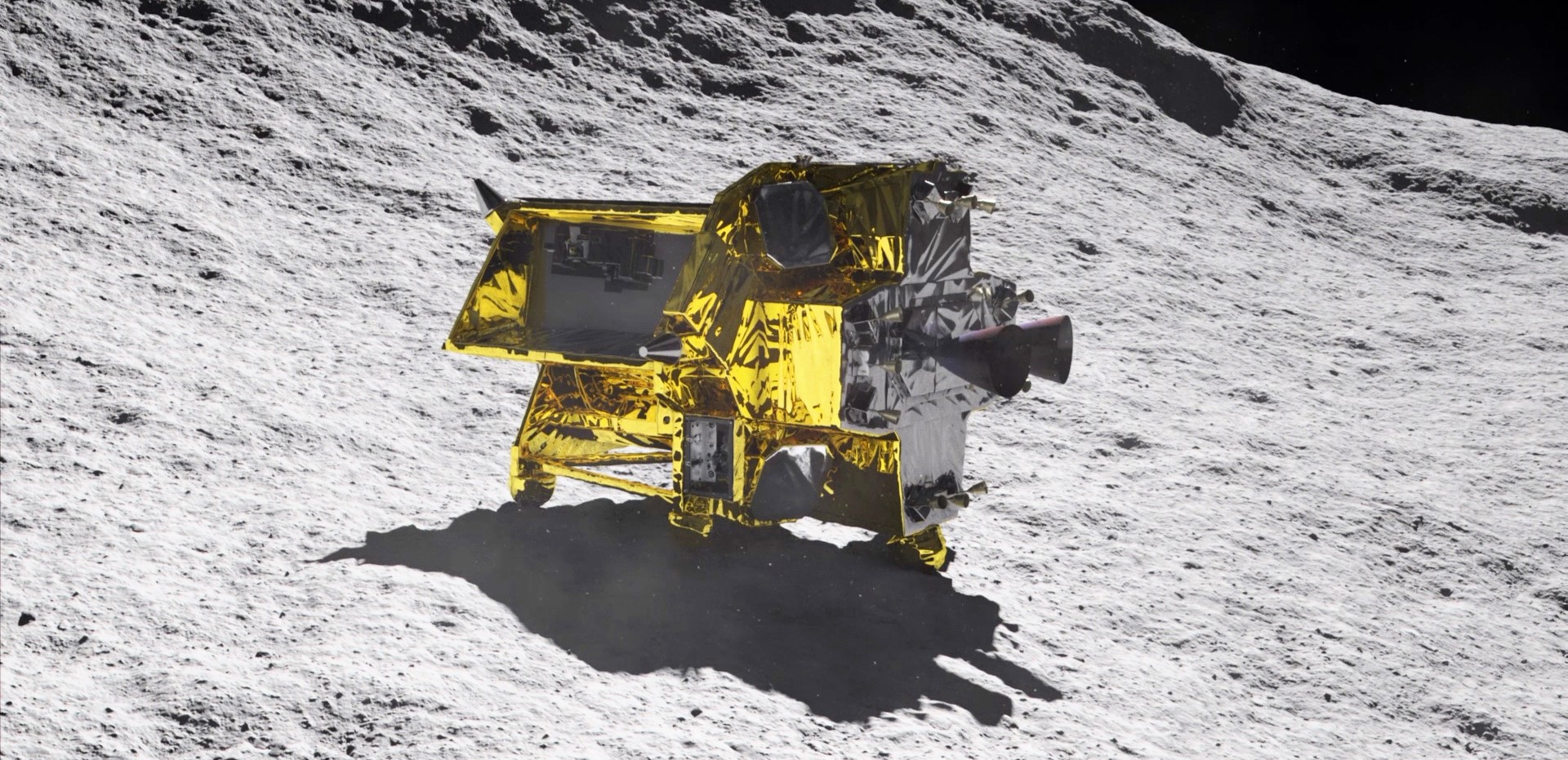On January 19th, 2024, the Japanese Aerospace Exploration Agency (JAXA) successfully landed its Smart Lander for Investigating Moon (SLIM) on the lunar surface. In so doing, JAXA became the fifth national space agency to achieve a soft landing on the Moon – after NASA, the Soviet space program (Interkosmos), the European Space Agency, and the China National Space Agency (CNSA). SLIM has since experienced some technical difficulties, which included upending shortly after landing, and had to be temporarily shut down after experiencing power problems when its first lunar night began.
On the Moon, the day/night cycle lasts fourteen days at a time, which has a drastic effect on missions that rely on solar panels. Nevertheless, SLIM managed to reorient its panels and recharge itself and has survived three consecutive lunar nights since it landed. However, when another lunar night began on May 27th, JAXA announced that they had failed to establish communications with the lander. As a result, all science operations were terminated while mission controllers attempt to reestablish communications, which could happen later this month.
Continue reading “Japan’s Lunar Lander Fails to Check-in”










